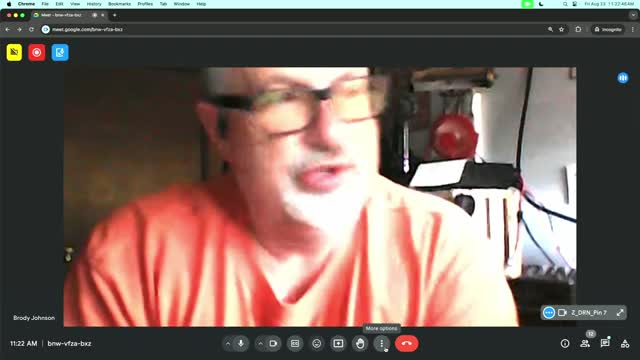Trail Users Demand Equal Representation in Outdoor Recreation
August 23, 2024 | Utah Off Highway Vehicle Advisory Council, Boards and Commissions, Organizations, Utah Executive Branch, Utah
This article was created by AI summarizing key points discussed. AI makes mistakes, so for full details and context, please refer to the video of the full meeting. Please report any errors so we can fix them. Report an error »

During a recent government meeting, representatives from various motorized recreation groups expressed their frustrations regarding the management of trails and the perceived imbalance between motorized and non-motorized trail maintenance. Participants voiced concerns that their input is often overlooked, leading to decisions that do not adequately represent the interests of the motorized community.
One key issue raised was the mixing of motorized and non-motorized trails, which attendees argued has led to conflicts and dissatisfaction among users. They highlighted that non-motorized trails often encroach on areas designated for motorized use, diminishing access and usability for off-highway vehicle (OHV) enthusiasts. The representatives emphasized the need for more direct communication with their communities to better understand their needs and concerns.
The discussion also touched on the allocation of resources for trail maintenance, with a reported current focus of 45% on motorized trails and 55% on non-motorized. This division has sparked calls for a more equitable approach, with some advocating for a dedicated motorized trail crew to ensure that their specific needs are met without interference from non-motorized projects.
Officials acknowledged the challenges faced by trail crews and the need for improved prioritization of projects. They assured attendees that they are working to balance the needs of both communities but recognized the growing perception among OHV users that they are being sidelined in favor of non-motorized interests.
The meeting underscored the importance of collaboration and communication between government bodies and recreational groups to foster a more inclusive environment for all trail users. As discussions continue, stakeholders hope to see a more equitable distribution of resources and a clearer representation of motorized interests in future trail management decisions.
One key issue raised was the mixing of motorized and non-motorized trails, which attendees argued has led to conflicts and dissatisfaction among users. They highlighted that non-motorized trails often encroach on areas designated for motorized use, diminishing access and usability for off-highway vehicle (OHV) enthusiasts. The representatives emphasized the need for more direct communication with their communities to better understand their needs and concerns.
The discussion also touched on the allocation of resources for trail maintenance, with a reported current focus of 45% on motorized trails and 55% on non-motorized. This division has sparked calls for a more equitable approach, with some advocating for a dedicated motorized trail crew to ensure that their specific needs are met without interference from non-motorized projects.
Officials acknowledged the challenges faced by trail crews and the need for improved prioritization of projects. They assured attendees that they are working to balance the needs of both communities but recognized the growing perception among OHV users that they are being sidelined in favor of non-motorized interests.
The meeting underscored the importance of collaboration and communication between government bodies and recreational groups to foster a more inclusive environment for all trail users. As discussions continue, stakeholders hope to see a more equitable distribution of resources and a clearer representation of motorized interests in future trail management decisions.
View full meeting
This article is based on a recent meeting—watch the full video and explore the complete transcript for deeper insights into the discussion.
View full meeting

